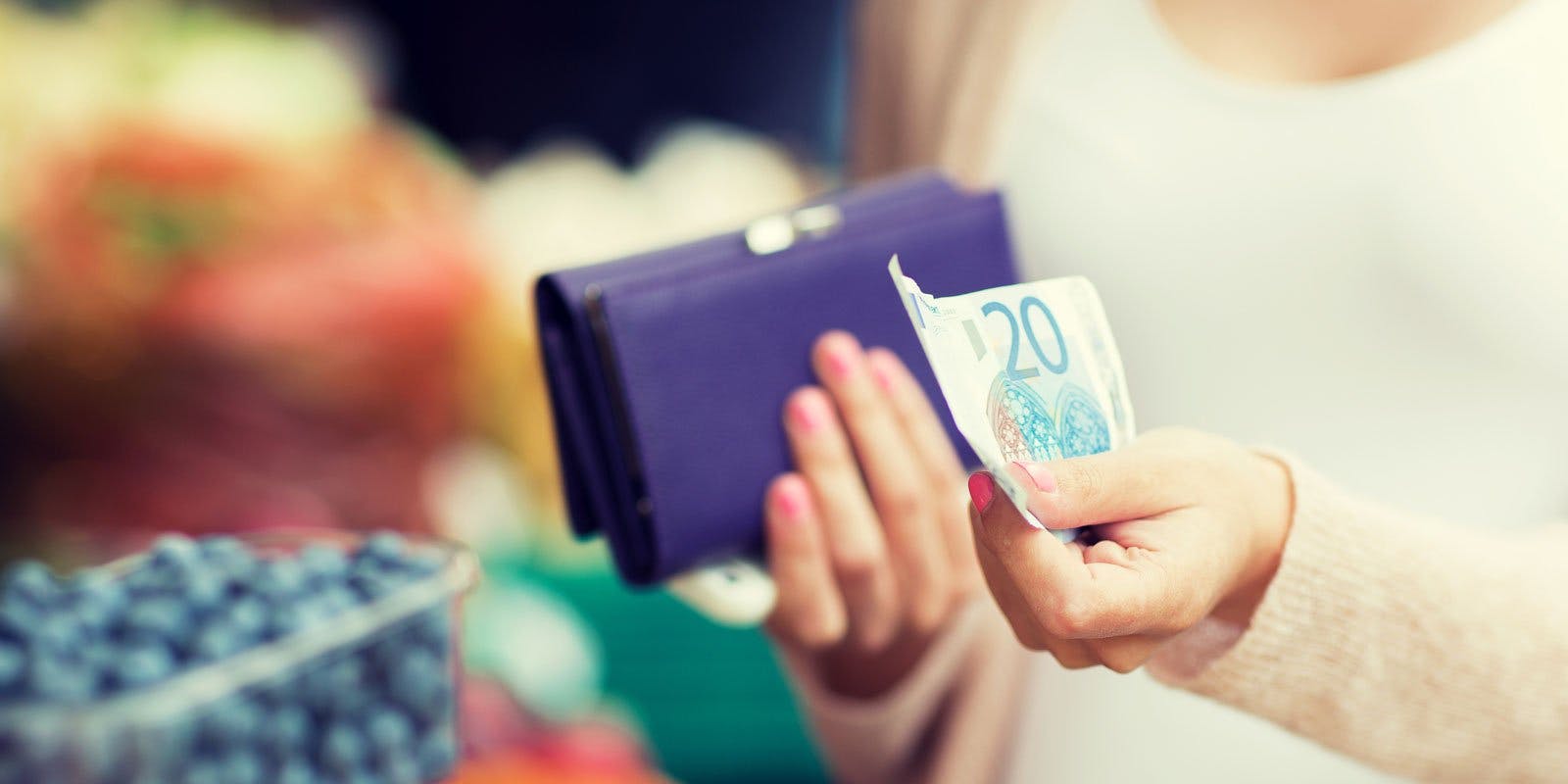
Why Technology is Actually Helping Cash Thrive
While payments innovations may create a buzz in the U.S. market, cash remains decidedly low-tech and top of the payments heap. According to PYMNTS research, cash usage in the U.S. has been on a stable course the past few years, hovering between 14% and 15% of GDP since 2003.
Find more insights, along with an interview with Mike Kaplan, SVP at cash bill-pay service PayNearMe, inside the brand new PYMNTS.com Global Cash Index™ Americas Analysis.
Americans have more payment options than ever before, from the digital payment info stored in mobile wallets to credit and debit cards in their physical wallets.
But even with these new choices, Americans still cling to cash when making many purchases. According to research revealed inside the PYMNTS.com Global Cash Index™ Americas Analysis, while the onslaught of payment cards, digital wallets and contactless payments may have created a buzz in the U.S. market, they are still far from replacing cash.
The U.S. relies more on cash than on any other form of payment, according to the analysis, with cash usage remaining relatively steady since 2003, ranging between 14.3% and 15.5% of the gross domestic product. In 2009, overall cash usage spiked around the global financial crisis but then went into decline, dipping to 13.1% in 2015.
“… cash remains a unique, resilient and heavily used consumer payment instrument.”
The report found that 32% of transactions used cash in 2015 and that demand for cash remains strong in the United States.
And cash’s popularity isn’t limited just to retail purchases. PayNearMe allows consumers to pay bills with cash by visiting local retail partners like Family Dollar or 7-Eleven. According to Mike Kaplan, senior vice president of merchant processing, the company’s customers elect to pay bills for things like cell phones and utilities, because they may not have bank accounts or just find that paying in cash is more convenient.
PYMNTS recently caught up with Kaplan to find out more about why consumers are consistently choosing cash, even with more options than ever before, and the future of the physical payment method. He said that despite these new payment methods, consumers are eager to pay for even larger transactions, like utility bills, with cash. Customers pay bills by downloading a smartphone app and adding billers, before visiting one of many retail locations, where they present a barcode for a biller to a cashier, along with the amount of cash they wish to use to pay.
Source:
Methany, Wendy, Shaun O’Brien, and Claire Wang, 2015. "The State of Cash Preliminary Findings from the 2015 Diary of Consumer Payment Choice" Federal Reserve Bank of San Francisco. Web. http://www.frbsf.org/cash/publications/fed-notes/2016/november/state-of-cash-2015-diary-consumer-payment-choice
